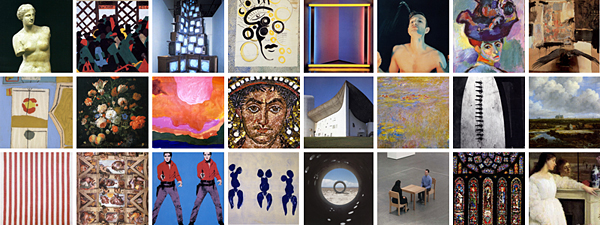Kurt von Meier, Ph.D.
Present an approach to architecture in terms of its intrinsic qualities, as they correspond to precise functions of the human psyche. Analysis of canonical examples from the history of architecture parallels a fresh consideration of unorthodox designs and structures. Architectural subjects may also be visionary, fantastic, theoretical and literary. An attempt is made to transcend the straitjacket limitations of conventional lineal, ethnocentric biases, towards developing a new canon more clearly illustrating essential qualities of architecture and design. Thus, examples are frequently drawn from the work of native and vernacular builders, the "architecture without architects."
Students enrolling in this course will be directed toward practical work in compiling visual and documentary material.
Sample items from the Bibliography:
Giedion, Eternal Present
Ichazo, The Human Process
Oldenburg, Notes in Hand
Rudofsky, Architecture Without Architects; The Prodigious Builders
von Meier, Visionary Architecture
Vostell, Fantastic Architecture






































